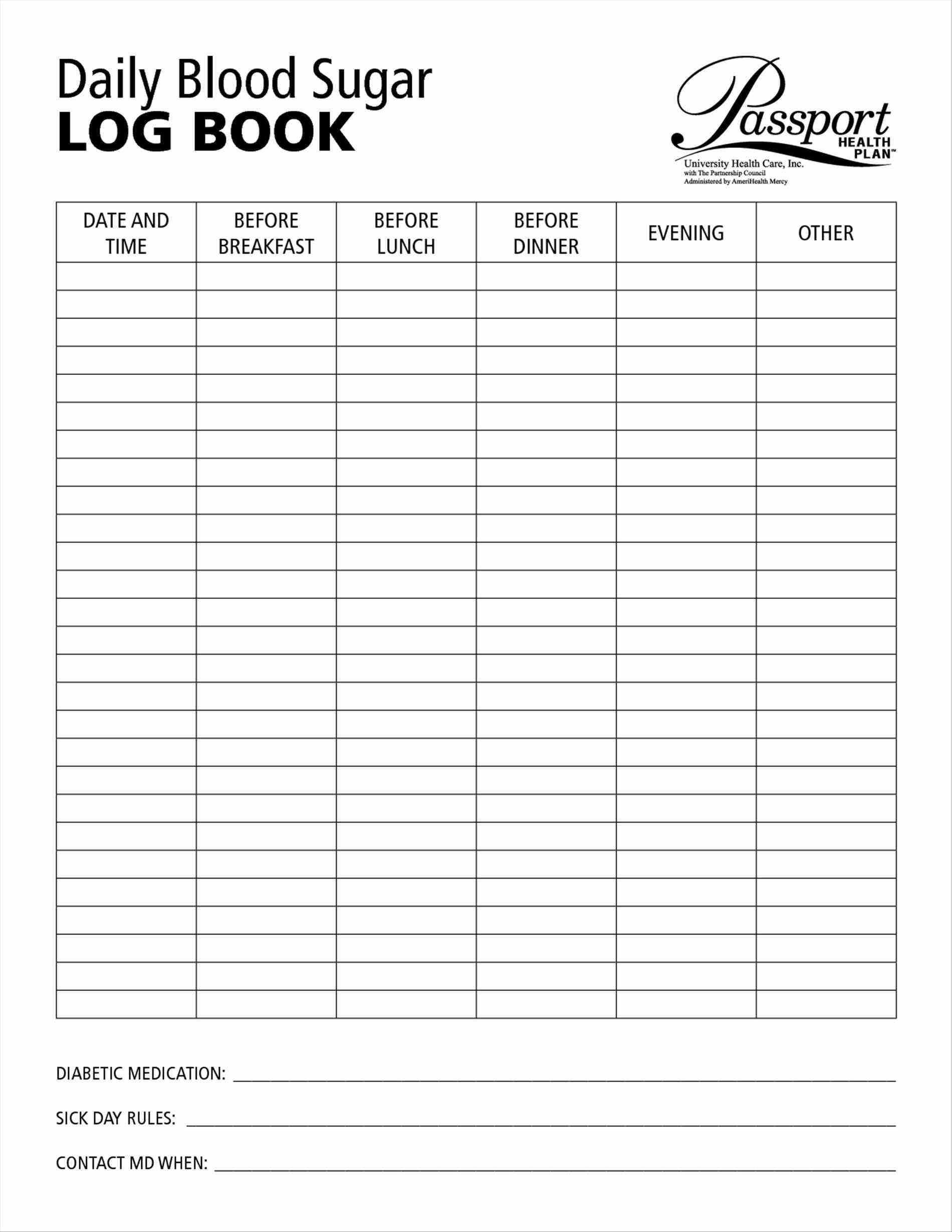Managing diabetes can be difficult, but one of the most important tools you can use is a blood glucose chart. This printable chart can help you track your blood sugar levels and make adjustments to your diet and medication as needed.
Understanding Blood Glucose Levels
Before you start using a blood glucose chart, it’s important to understand what your target blood sugar levels should be. According to the American Diabetes Association, the general targets for most adults are:
- Fasting blood sugar (before eating): 80-130 mg/dL
- After meals (2 hours after eating): under 180 mg/dL
However, your specific targets may vary depending on your age, overall health, and other factors. Your doctor can help you determine what’s best for you.
Using the Blood Glucose Chart
Once you know your target blood sugar levels, you can use the blood glucose chart to track your levels over time. Simply write down your results in the chart each time you take a blood sugar reading.
 Be sure to note the date and time of each reading, as well as any factors that may have affected your blood sugar level, such as exercise or a meal. This will help you see patterns over time and make adjustments as needed.
Be sure to note the date and time of each reading, as well as any factors that may have affected your blood sugar level, such as exercise or a meal. This will help you see patterns over time and make adjustments as needed.
Interpreting the Results
When you use the blood glucose chart to track your levels, you may notice that your blood sugar goes up and down throughout the day. This is normal, but it’s important to pay attention to trends over time.
If you consistently have readings that are outside your target range, talk to your doctor. They may recommend changes to your diet or medication.
Using the Blood Glucose Chart for Diabetes Management
A blood glucose chart can be a powerful tool for managing diabetes. By keeping track of your blood sugar levels over time, you can make adjustments to your treatment plan as needed.
However, it’s important to remember that the chart should be used in conjunction with other diabetes management tools, such as regular check-ups with your doctor and a healthy lifestyle.
Conclusion
Whether you’re newly diagnosed with diabetes or you’ve been managing the condition for years, a blood glucose chart can be an invaluable resource. By tracking your blood sugar levels over time, you can identify patterns, make adjustments to your treatment plan, and take control of your health.